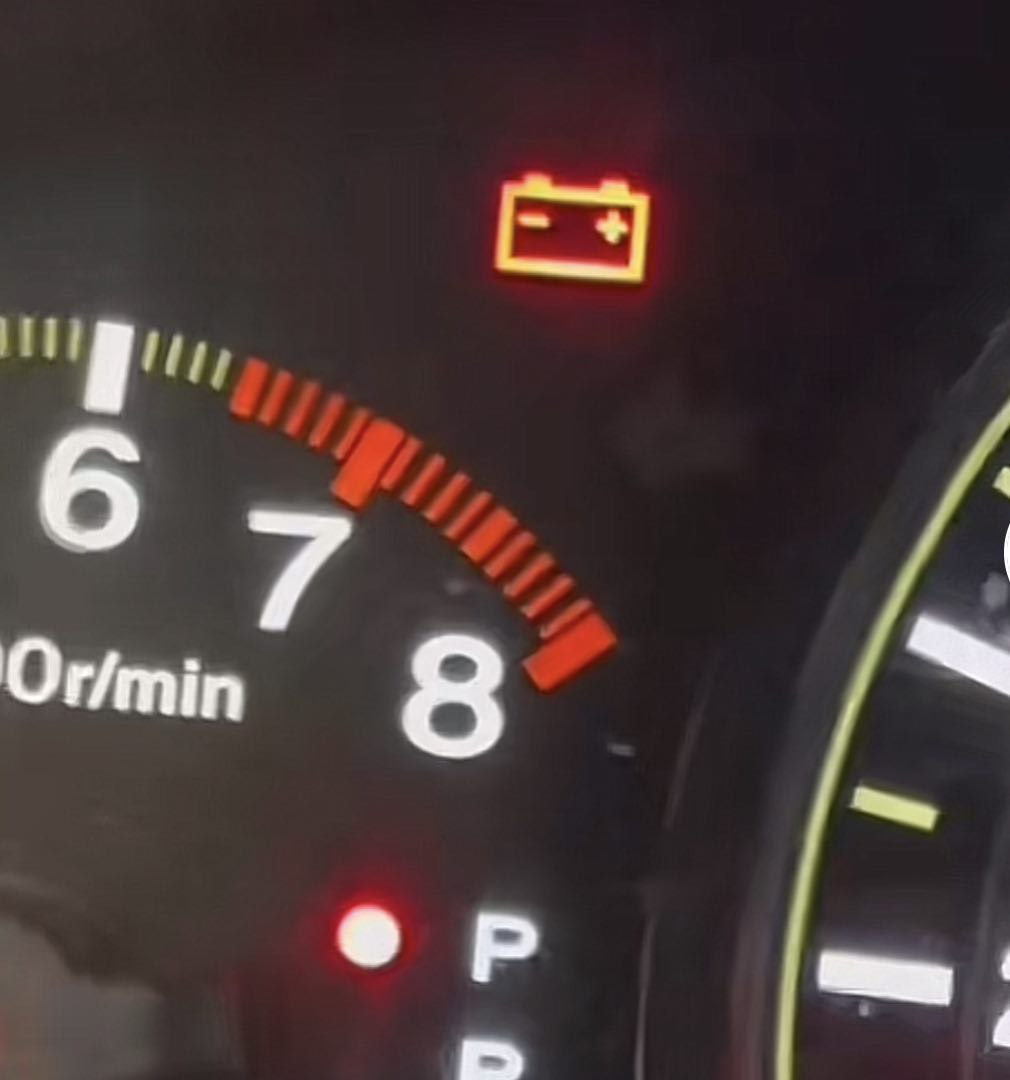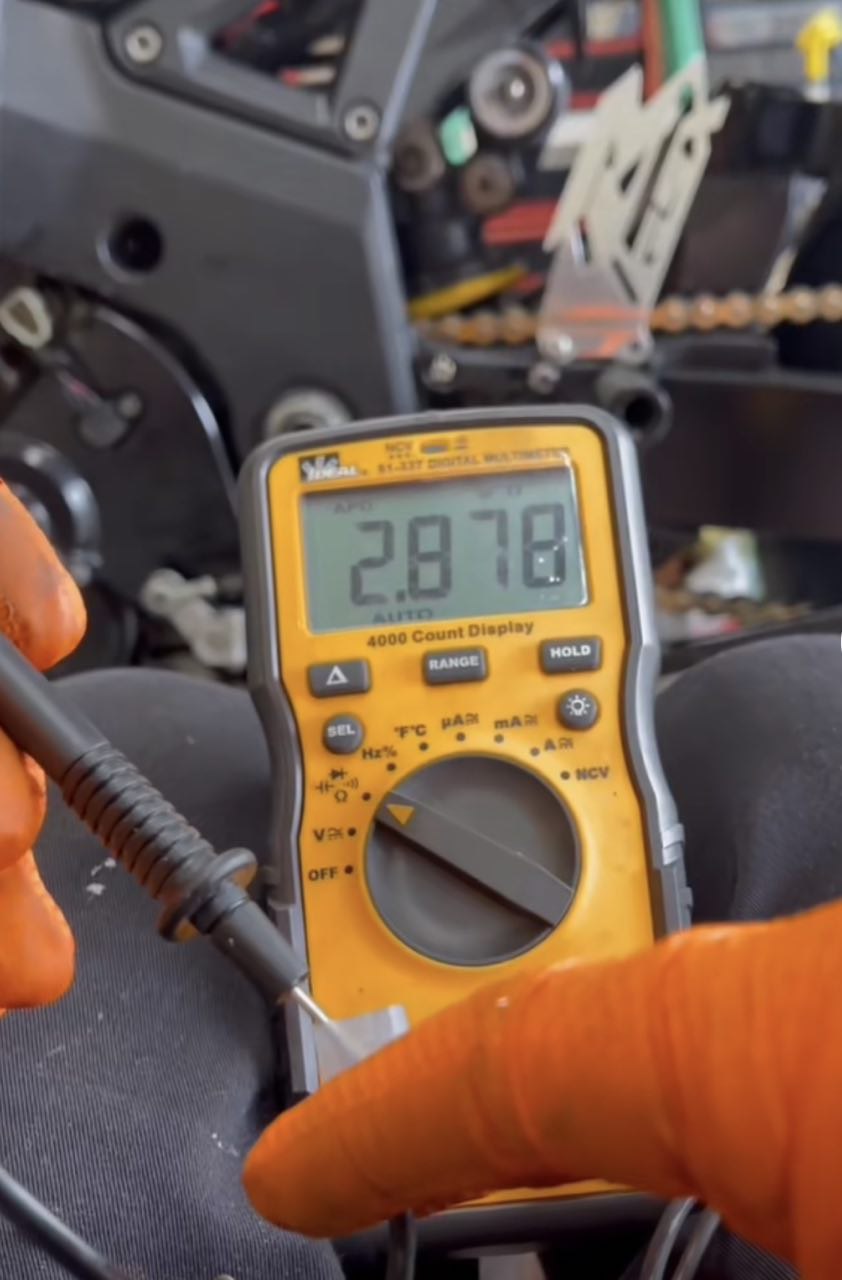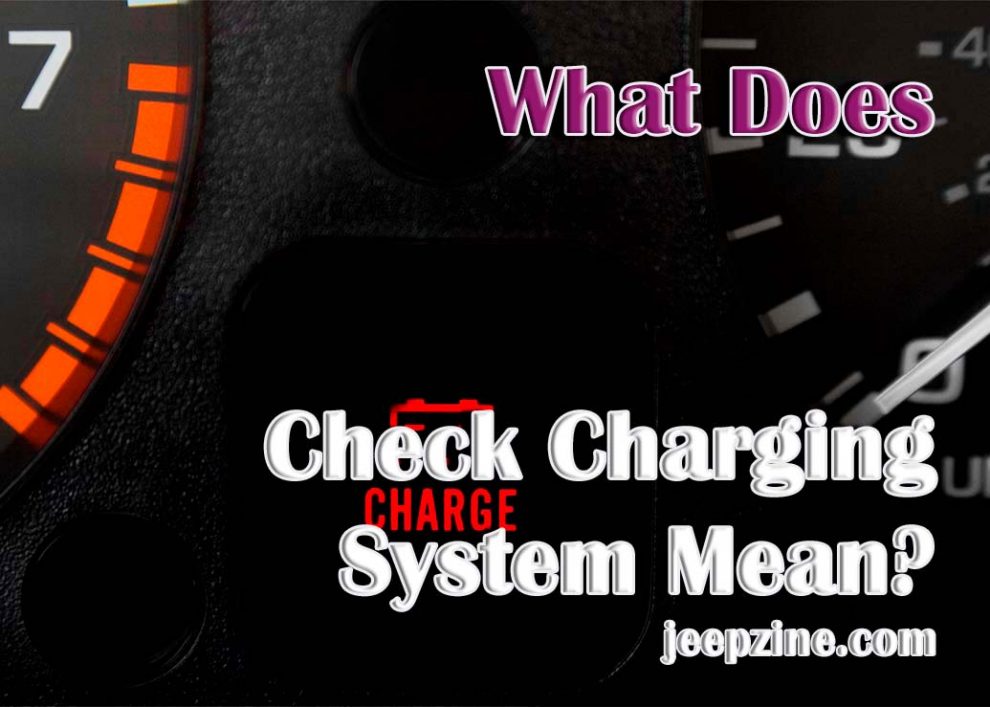What does “check charging system” mean? When this warning signal appears on your vehicle dashboard, you may be unsure what it means or how to act. This warning light is most seen in newer model vehicles and usually when the battery cannot hold an adequate charge. This article will explain what a check charging system alert means and the steps to take if this warning appears on your dashboard.
What Is a Vehicle’s Charging System?

Causes of a Check Charging System Warning Signal
This signal indicates that a vehicle’s alternator is not functioning correctly. It can be caused by several factors related to the electrical system or alternator. These causes include:
-
Low battery voltage: The primary cause of this warning signal is typically low battery voltage. If the alternator fails to charge the battery when running, it will eventually die, resulting in a warning signal. It can also occur if there is an issue with the wiring between the battery and alternator or a faulty connection between them.
-
Faulty alternator: A defective alternator or worn-out brushes is another common cause of this warning signal. Alternators usually fail as they age due to corrosion on their internal components or faulty connections with their wiring harnesses. Worn-out brushes can also cause this kind of failure as they weaken over time and may not provide enough power for proper charging functions.
-
Clogged air filter: A clogged air filter can cause your engine to draw more power from its electrical components than it should handle, resulting in decreased efficiency and, thus, reduced output from your alternator, resulting in a check charge system warning light.
-
Improper cable connections: Poorly connected cables between your battery and your alternator can create electrical impedance, which results in a decreased output from your alternator and, thus, a warning light on your dashboard display screen indicating insufficient charging capability. Additionally, if any cables have broken off completely, this will result in insufficient output from the alternator, causing the same issue.
-
Overheating components: An overheated engine bay can lead to insufficient cooling capacity, which reduces efficiency levels throughout all systems, including those that provide power for accessory functions such as the radio and headlights. Additionally, an overheated alternator can lead to decreased output which will cause a warning light on your dashboard display, indicating insufficient charging capability.
How to Check the Charging System

How to Fix a Check Charging System Error Message
Once you have determined what caused your check charging system error message, it’s time to act and fix it. If it’s caused by low battery voltage, replacing it should solve the problem. Inspecting all electrical connections between your battery and alternator before replacing them is also a good idea to ensure no further issues arise from faulty wiring or connections. If any of these components are faulty, they should be replaced immediately because they can cause significant damage if not taken care of promptly. Additionally, a clogged air filter was causing this issue. In that case, replacing that is also advised, as this will help improve engine performance and prevent potential future damage from occurring due to insufficient cooling capacity.
Conclusion
Various issues, including low battery voltage, faulty wiring or alternator components, and a clogged air filter, can cause a check charging system warning signal. It is important to act immediately if this warning appears to avoid further damage. By taking the steps outlined in this article, you should be able to identify what caused your warning signal and take the necessary measures to resolve it.


Add Comment